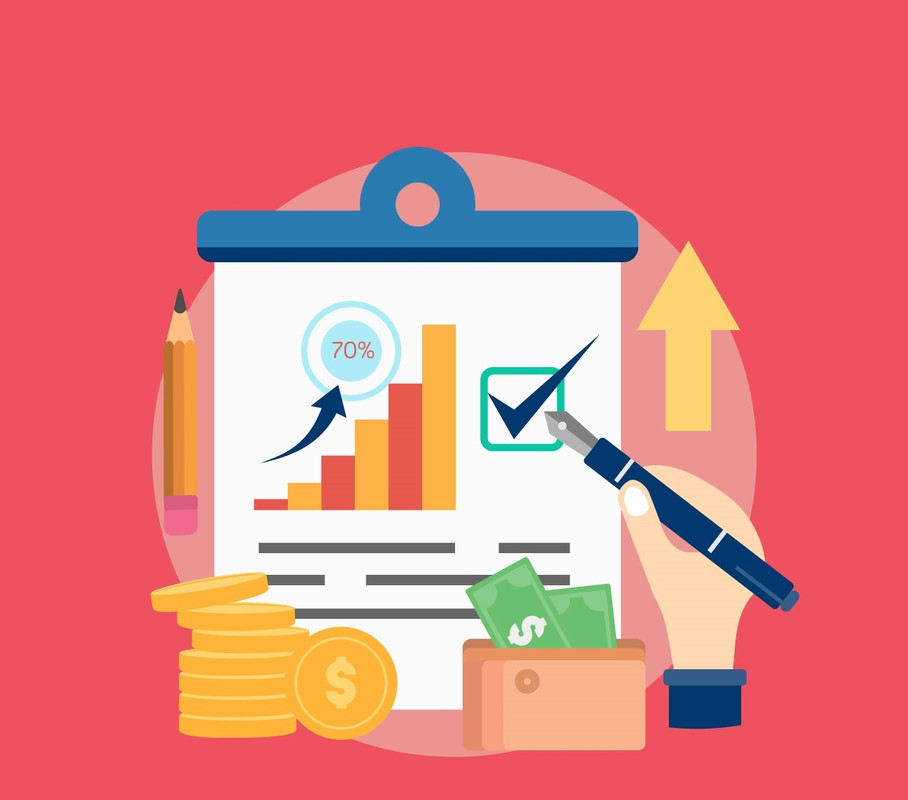In today's money world, having piggybacking credit.
This blog is all about digging into the details of this strategy, showing how it can really help teenagers take their first steps into the credit scene.
We'll explore why it's useful and how it can be a handy tool for teens figuring out the twists and turns of the credit world. And hey, it's not just for the youngsters; parents looking for smart ways to guide their kids into a solid financial future can get some good insights too. Let's dive in!
Contents:
Understanding Piggybacking Credit
The Benefits for Teens: Building a Solid Credit Foundation
How to Implement Piggybacking Credit
Addressing Concerns and Misconceptions
Tips for Responsible Credit Building
Conclusion: Empowering Teens for Financial Independence
Understanding Piggybacking Credit
piggybacking credit really means and how it can help you take charge of your money game.
Decoding the Concept
At its core, piggybacking credit, making sure your teen not only kicks off their credit adventure sooner but also grasps the lasting advantages.
The Power of Early Credit Establishment
Think about your teen finishing high school, not just with a diploma but also with a good credit history. When you piggyback credit, they start early on one of life's most important money things. Starting their credit journey early means they begin being adults with a strong base, getting ready for better money chances.
Imagine this: your teen, just out of college, applying for their first apartment without stressing about having a small credit history. Landlords like it when they see a good credit record, and your teen is already ahead in the game. They're making moves with confidence!
Access to Better Financial Opportunities
Having a strong credit base opens up chances for money opportunities that might be tricky to get otherwise. It's not just about saying yes to a credit card; it's about getting good deals on loans for things like education, a car, or even a home. When lenders check credit history, they're figuring out the risk, and having a good credit base can mean paying less interest and getting better terms on loans.
Think about this: Your teen, with a solid credit score, applies for a car loan and gets an interest rate that shows they handle money well. This not only saves them money over time but also teaches them to be responsible with their finances.
Creating a Path to Financial Independence
Being an authorized user on someone's credit isn't just a tool; it's like a roadmap to being financially independent. As your teen joins in and sees how responsible credit actions make a difference, they pick up important lessons about handling money. This practical experience helps them understand money matters like credit score; it's about growing a financially wise individual.
Establishing Trustworthiness in the Financial World
In the money world, trust is like the money itself. When your teen piggybacks credit, they join the financial world early. Lenders and banks notice a history of responsible credit actions, building trust in their ability to handle financial responsibilities.
Imagine your teen going for their first job after college. Employers sometimes look at a person's credit history to check how responsible they are. Having a good credit history can make your teen stand out as someone reliable and trustworthy.
To sum it up, helping your teen establish a strong credit base through piggybacking is like investing in their future. It's more than just looking at numbers on a credit report; it's about giving them the skills and know-how to handle the tricky world of personal finance. As a parent, you're not just giving them a lift; you're giving them the ability to fly independently in the world of money.
How to Implement Piggybacking Credit
Using your credit card to help your teen build credit is a great idea for parents. By letting them become an authorized user on your card, you're giving them a chance to start a good credit history. In this detailed guide, we'll take you through the important steps of making this happen, ensuring a smooth and helpful credit-building experience for your teenager.
Choose the Right Credit Card:
*Pick a credit card that doesn't have high fees, has fair Interest rates, and gets good reviews from people who use it.
*Make sure the company that gave you the credit card tells the credit bureaus about the things your authorized user does with the card.
Contact the Credit Card Issuer:
*Call customer service to learn how to put someone on your card as an authorized user.
*Ask them what information you need and if there are any papers you have to give them.
Gather Necessary Information:
*Get all the details you need from your teen, like their real name, birthday, social security number, and where they live now.
*Make a checklist to make sure you don't miss anything when you're gathering this info.
Understand Risks and Responsibilities:
*Know that if you're the main person with the credit card, you have to pay for everything, even what the authorized user buys.
*Talk with your teen and make sure they understand how to use the credit card responsibly.
Monitor Account Activity Regularly:
*Watch the things you buy on the credit card closely and check regularly to make sure no one is buying things without permission.
*Use easy apps or tools to make it simple to keep an eye on your account.
Educate Your Teen about Credit:
*Help your teen understand credit scores, why paying late is not good, and why it's essential to use only a small part of their credit limit.
*Share fun and interesting resources to make learning about credit more enjoyable for them.
Celebrate Milestones:
*Say well done and celebrate when your teen does well with building their credit.
*Make a picture or something visual that shows how far they've come to keep them excited and interested.
Addressing Concerns and Misconceptions
However, when it comes to repairing your credit, piggybacking is a strategy that some people doubt. Let's explore the worries and misunderstandings about this method to give you a clearer picture and address any doubts you may have.
Risks Associated with Piggybacking
Considering the downsides of credit score. This awareness is key to managing your credit wisely. Don't worry too much—this part will help clear up any confusion about whether it can harm your creditworthiness. Understanding these details can make things smoother for everyone involved.
Mitigating Concerns through Informed Decisions
If you're considering piggybacking on someone's credit or allowing them to use yours, be smart. To manage your finances wisely, make sure to pay your bills on time. Additionally, avoid borrowing more money than you can handle, and take the time to understand how it all works.
These steps will help you make informed decisions about your financial situation. Smart decisions and responsible credit management can make piggybacking a useful strategy for credit repair.
Tips for Responsible Credit Building
Using someone else's credit, also known as piggybacking, can be helpful for building your credit. However, it's crucial to handle it responsibly. In this part, we'll provide advice and tactics for both parents and teenagers to make sure the process of building credit is positive.
For parents, it's important to:
1. Watch closely: Keep a careful check on your credit account to make sure it's being used responsibly.
2. Set boundaries: Create clear limits on spending for the authorized user to prevent excessive spending.
3. Teach: Help your teenager understand how to use credit responsibly and why making payments on time is crucial.
For teenagers, consider these tips:
1. Controlled spending: Follow the spending limits that your parents have agreed upon.
2. On-time payments: Ensure that all payments are made promptly to keep a good credit record.
3. Learn and talk: Grasp the basics of how credit functions and openly discuss any worries or questions with your parents.
Being responsible with credit score better. It's more about teaching them to handle money responsibly.
Parents can do this by keeping an eye on spending, setting limits, and talking openly. This way, teens learn not only to build credit but also to be smart with their money, setting them up for a future where they can manage their finances well.
Setting the Stage for a Financially Secure Future
Preparing the ground for a financially secure future involves more than just thinking about piggybacking credit is more than just about improving their credit score. It's also about teaching them important money skills. This lays the groundwork for a financially secure future. With this guidance, teens learn how to handle money wisely, making smart and informed choices in the complicated world of personal finance.

